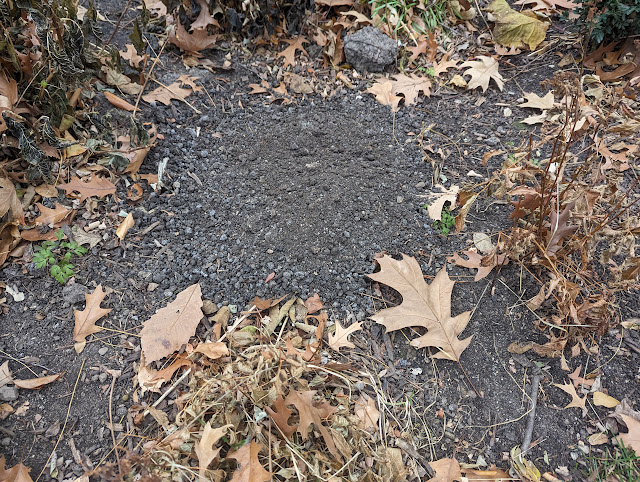Pruning Back Frans Fontaine Hornbeam Hedge - Along Walkway - July 2025

The hedge of Frans Fontaine Columnar Hornbeam trees that are planted along the side of our house have NOW been pruned. Just a little bit. These are now in their eighth (8th) growing season and up until now I have NOT touched one branch. No pruning what-so-ever. But, that ended because of the boardwalk along the side of our house. I'm eager to keep the idea of miegakure - or "hide and reveal" with these trees and the boardwalk that provides the pathway. That 'hide-and-reveal' is for the full backyard. After a big rain, the branches are loaded with wet leaves and the lower ones on these Frans Fontaine European Hornbeams begin to droop. And, lean against the screened porch. This weekend, I grabbed my small hand pruners and began to cut back some of the lower branches. I picked spots that had foliage back behind the cut, to ensure there would be continued leaf-out. I didn't want to hack the whole thing back, but ra...












